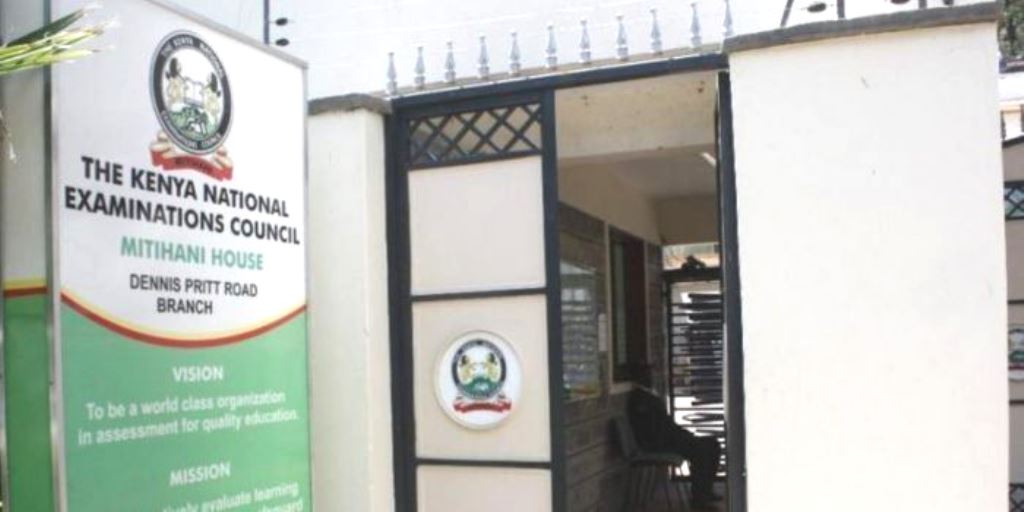By Roy Hezron
Parents will now be able to initiate transfers of their children from one school to another, and monitor the school attendance of their children and view their performance, among other benefits of the newly re-engineered National Education Management Information System (NEMIS).
The new NEMIS, which was launched today August 22, 2022 at Kenya Institute of Curriculum Development (KICD) by Education Cabinet Secretary (CS) Prof. George Magoha will ensure efficiency in learners’ transfer process in order to save parents, head teachers and ministry offices the overheads that come with the manual application.
Parents will also be able to apply for bursaries and scholarships on the system with ‘Learner Attendance’ a significant additional feature under the Competence Based Curriculum (CBC). It will also assist class teachers in managing the education process, in turn helping parents to view and monitor their children’s attendance and performance.
“With integration with the KNEC (Kenya National Examination Council) system, management of learner performance will be a real-time process, giving parents a correct reflection of their children’s results at any one time,” said Prof. Magoha.
In the new NEMIS, head teachers and principals will now apply for capitation for their schools on the system alongside other funds, notably the low-cost boarding funds, digital literacy, sanitary towels, learning materials and infrastructural programme grants upon approval by Directors of Education in a bid to improve accountability and transparency.
“Directors of education will also be able to approve these funds applications, thereby providing another layer of accountability,” added Prof. Magoha.
However, the Free Primary Education (FPE), Free Day Secondary Education (FDSE) and Special Needs Education (SNE) top-up capitation funds processes will require learners to have birth certificates in order to be eligible for capitation.
The selection and admission process for Form One students will also be onboarded onto the system, enabling school principals to have an easy and efficient transition process of learners into their secondary schools and parents to easily monitor their learners’ transition process from one school level to another.
According to Prof. Magoha, the new system is also integrated with third party systems, which are other education stakeholders, to allow for a more centralized and accurate up to date database of education indicators.
This includes integration with the Teachers Service Commission (TSC) system for management of teacher data, the Kenya National Examinations Council (KNEC) system for management of learner performance data, the Kenya Institute of Curriculum Development (KICD) system for management of the education curricula and the provision of learning materials to institutions, and the National Hospital Insurance Fund (NHIF) system for management of learner health.
Additionally, infrastructure management by head teachers and principals has also been facilitated on the system to aid the ministry in the management of their infrastructural projects. Therefore, institutions in NEMIS will be associated with Geospatial data, informing project monitoring efforts and facilitating project planning efforts while school owners will be allowed to initiate the registration process of their schools through the re-engineered NEMIS.
After the launch, the training of users on the system will commence, to be cascaded to the counties and sub-counties up to institutional levels to ensure head teachers and principals receive capacity building around the new and improved processes.
“The system will then be rolled out for a pilot phase, to run parallel to the current NEMIS system, in order to effectively monitor user’s introduction and adaption to the new system. The eventual roll out and switchover to the reengineered system will then follow. This will be communicated to all involved stakeholders,” directed Prof. Magoha.
Transfer of learners under the CBC has been a nightmare to the extent of the ministry directing that there can be no switch once a pupil reaches Grade 5. It will be a welcome relief for most parents whose change of circumstances force transfers, especially from private to public schools.






